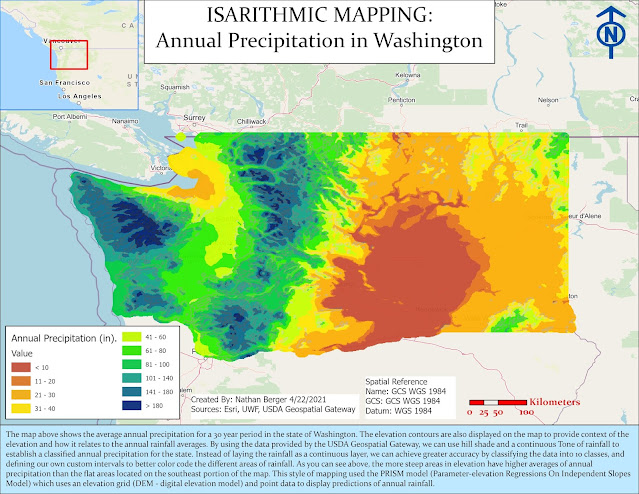Calculating Metrics for Spatial Data Quality
Spatial Data Quality...
What is spatial accuracy? Why do we care?
When you build maps, or work with any kind of job in which you are presenting data, you want to be accurate and precise. Accuracy is essentially the inverse of error, or lack of error in a dataset. In regards to GIS, we are primarily focused on spatial accuracy. This is the positional accuracy of your point data.
If you have an xyz coordinate, such as a crime was committed at this LAT and LON, or address, we want that location to be correct when reporting it. You don't want to present to your boss at a marketing firm that Sally bought your product at a certain store, but in reality it was another store located 5 miles away because your coordinate data or spatial accuracy was full of errors! Think about SWAT teams responding to an active shooter and they end up at the wrong school. Or even something more simple such as trying to drive to a certain location and your GPS takes you to the wrong place.
Temporal accuracy: Time related
Thematic accuracy: This is usually looked at as metrics or statistics such as mean, median , mode, max, min, etc...
Average Point
Longitude: 82.3188985°W (-82.31)
Average Point
Latitude: 27.8258524°N (27.83)
Average
Elevation In Meters: 28.5 Meters
Horizontal
Precision (68%) in Meters: 5.3 Meters
This included approximately 34 data
points within the 68th percentile buffer or the 5.3 meter buffer.
Vertical
Precision (68%) in Meters: 29.45 or 29.5 Meters
This Included approximately 35 data
points for the 68th percentile or vertical height of 29.5 meters
The horizontal distance at a 68th percentile that I calculated from the average point was 5.3 meters. I drew the measurement from the real point to my average point and the distance was 3.37 meters, which is a significant difference of 1.9 meters. The average elevation or altitude for the real point was 22.58 meters, and the average of my points were 28.54 meters. That is a difference of approximately 6 meters.
The real point being collected using GPS equipment is
going to be more accurate and precise in regard to its xyz location and
elevation data. The GPS device has a stronger cellular connection using
satellites to pinpoint a more accurate location.
1.
The metrics are
the following…
a.
Horizontal Accuracy:
i.
Mean: 4.6
ii.
Max: 20.2
iii.
Min: 0.0001
iv.
50th
Percentile / Median: 2.47
v.
68th
Percentile: 5.3
vi.
95th
Percentile = 13.3
b.
Horizontal
Precision (Reference Point Real Data):
i.
Mean: 5.4
ii.
Max: 20.9
iii.
Min: 0.84
iv.
Median / 50th: 3
v.
68th:
6.01
vi.
95th: 11.98
Results: There is slight variation such as the mean or average is lower for my data versus the real point from the reference point. My maximum value is less, and my minimum value is less. This also shows slight variations in my percentiles in the data distribution.
The real point has 34 waypoints within it’s 68th
percentile buffer of 6.01 meters. My accuracy average point contained 34 points
in its 68th percentile buffer of 5.3 meters. So despite having differences
in variation, both points included the same number of waypoints within the 68th
percentile buffer.
c.
Vertical Accuracy:
i.
Max: 47.2
ii.
Min: 11.4
iii.
Mean: 28.5
iv.
50th
Percentile / Median: 27
v.
68th
Percentile: 29.45
vi.
95th
Percentile: 46.5
d.
Vertical
Precision (Real Point Data Reference):
i.
Max: 47.2
ii.
Min: 11.4
iii.
Mean: 28.5
iv.
50th
Percentile / Median: 27
v.
68th
Percentile: 29.45
vi.
95th
Percentile: 46.5
vii. My vertical accuracy compared to the precision of the true data point was the same data.
I can say that my accuracy of my average point was fairly close differing the average distances of over 5 meters to the real point or reference point. My precision was strong seeing that 34 points fell within the 68th percentile buffer which is a strong grouping and well over the majority of the waypoints. So despite my accuracy being a bit off my precision was high.







Comments
Post a Comment